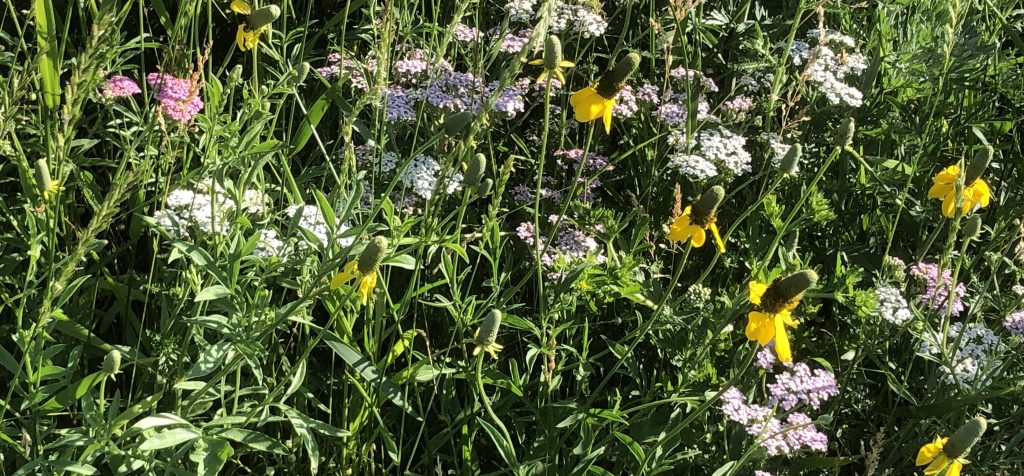When we look at a field of prairie flowers or walk through a shaded forest, we see the beauty of nature. But before the advent of the corner drug store, our ancestors saw medicinal plants and other homeopathic remedies as nature’s medicine cabinet.
In Proving Her Claim, the heroine and her Lakota neighbors use medicinal plants to treat wounds, reduce coughs and fevers and for a myriad of other maladies. Prior to “modern medicine,” people understood that plants and other natural substances had healing powers. The practice goes as far back as the Sumerians — and even before that.
The heroine, Anna Olson, starts with a bit of knowledge about herbs, plants and even spider webs from her aunt, who was a midwife. But she learns much more from Yellow Bird, a medicine woman from the nearby Lakota tribe. Together Anna and Yellow Bird nurse sick tribal members during an influenza outbreak and help a local homesteader through a difficult childbirth. Anna also draws on her medical knowledge to treat a wolf attack.
Homesteaders did not have the luxury of calling the local physician when medical treatment was required — there was only nature’s medicine cabinet. Instead, they learned which plants and herbs would treat the illnesses and accidents encountered on the frontier. Throughout the book, medical practices utilizing the prairie as their medicine chest include:
• Willow bark for treating headaches and fevers
• Spider webs to stop bleeding
• Red clover for coughing
• Cohosh to prevent unwanted pregnancies
• Coneflowers (echinacea) for chills, sore throats and even snake bite
Willow bark remedies were one of the most widely used. In fact, aspirin is traced back to the salicin that is derived from willow bark. Indigenous people and homesteaders also used willow bark tea for other illnesses, such as diarrhea, reducing inflammation and general aches and pains.
Today, homeopathic medicine is making a resurgence. For instance, medical researchers agree that a bowl of grandma’s chicken soup really does help treat a cold!

